Thirsty houseplants – 10 indoor plants to never let dry out
If you're a plant parent to one of these houseplants, make sure to keep moisture levels up
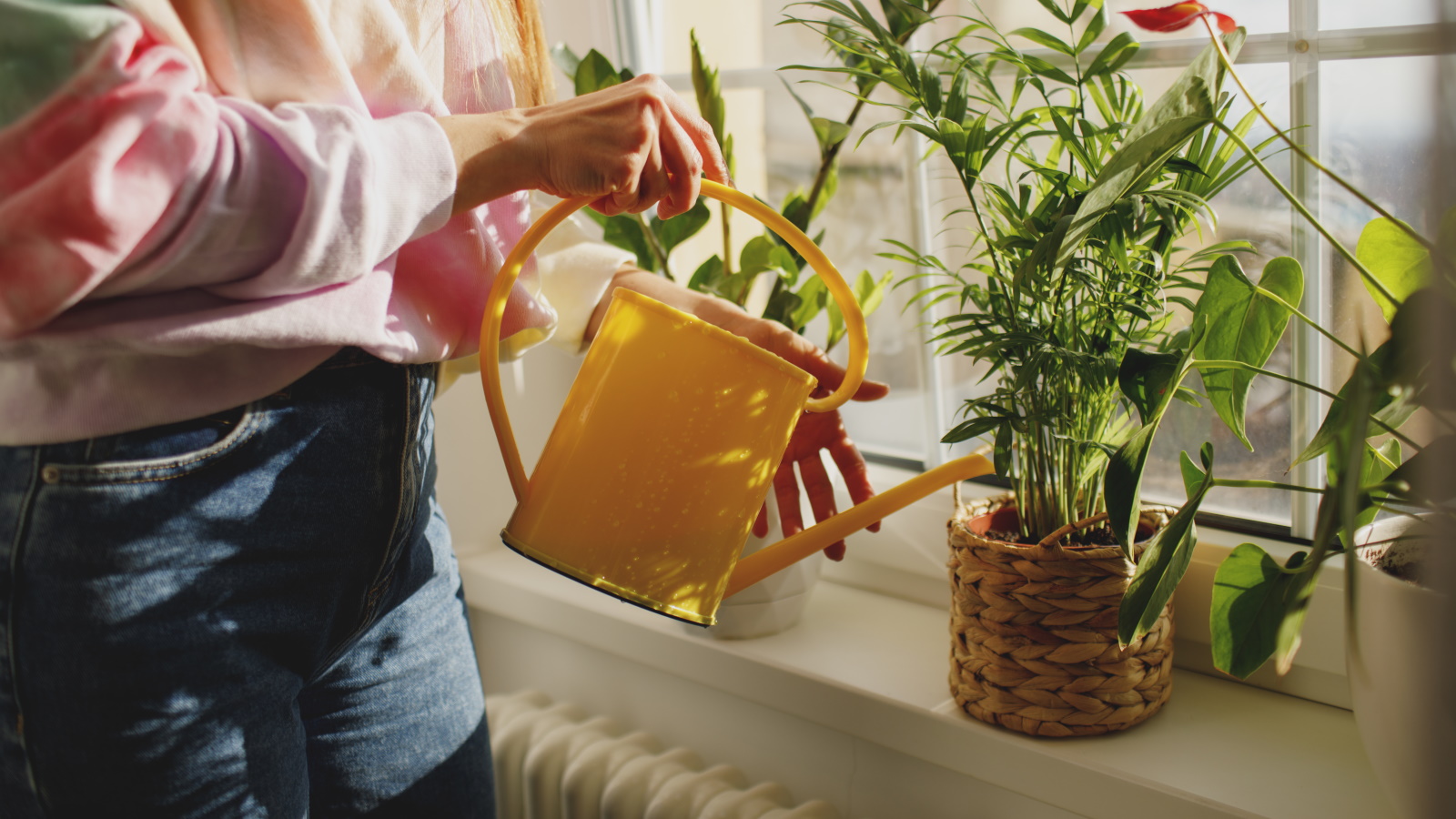

When you own a wide range of indoor plants that all need different growing conditions, it can be hard to balance the right care. You might even find yourself stuck in the cycle of buying new plants only for them to fail later on, and I've certainly experienced this.
Last week, I attended the first-ever RHS Urban Show in Manchester, UK, where plant experts emphasised the need to put the right plant in the right place for them to thrive. Knowing how to water houseplants correctly can be difficult but the Happy Houseplants display from GrowTropicals, exhibited thirsty indoor plants that need plenty of water.
Discover the thirstiest houseplants below and expert tips on when to water them and how to maintain happy moisture levels.
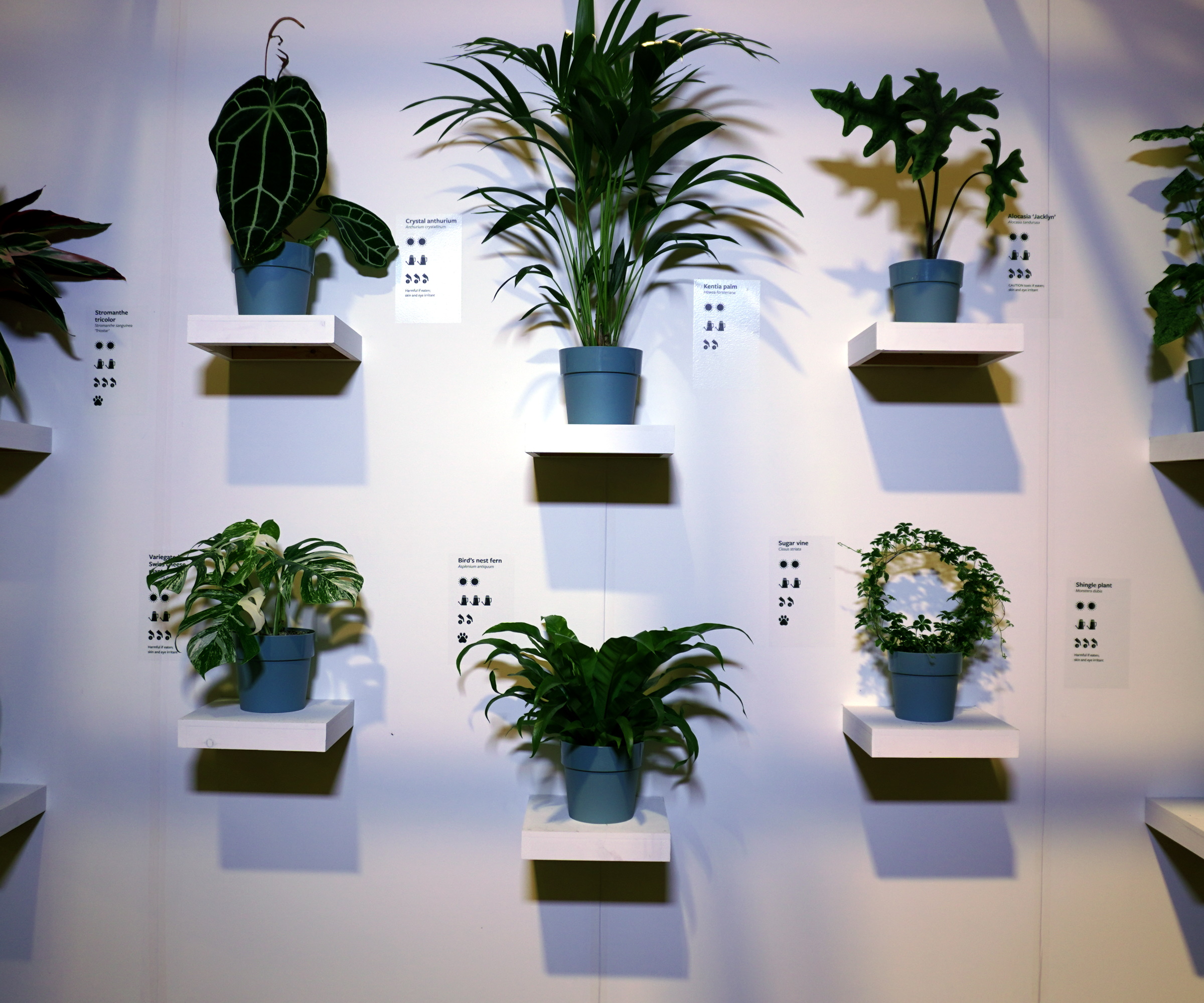
7 houseplants that need lots of water
Some houseplants need more water than others and it's a common indoor plant mistake to incorrectly water them. Discover which plants need watering most with expert tips below.
1. Stromanthe tricolor
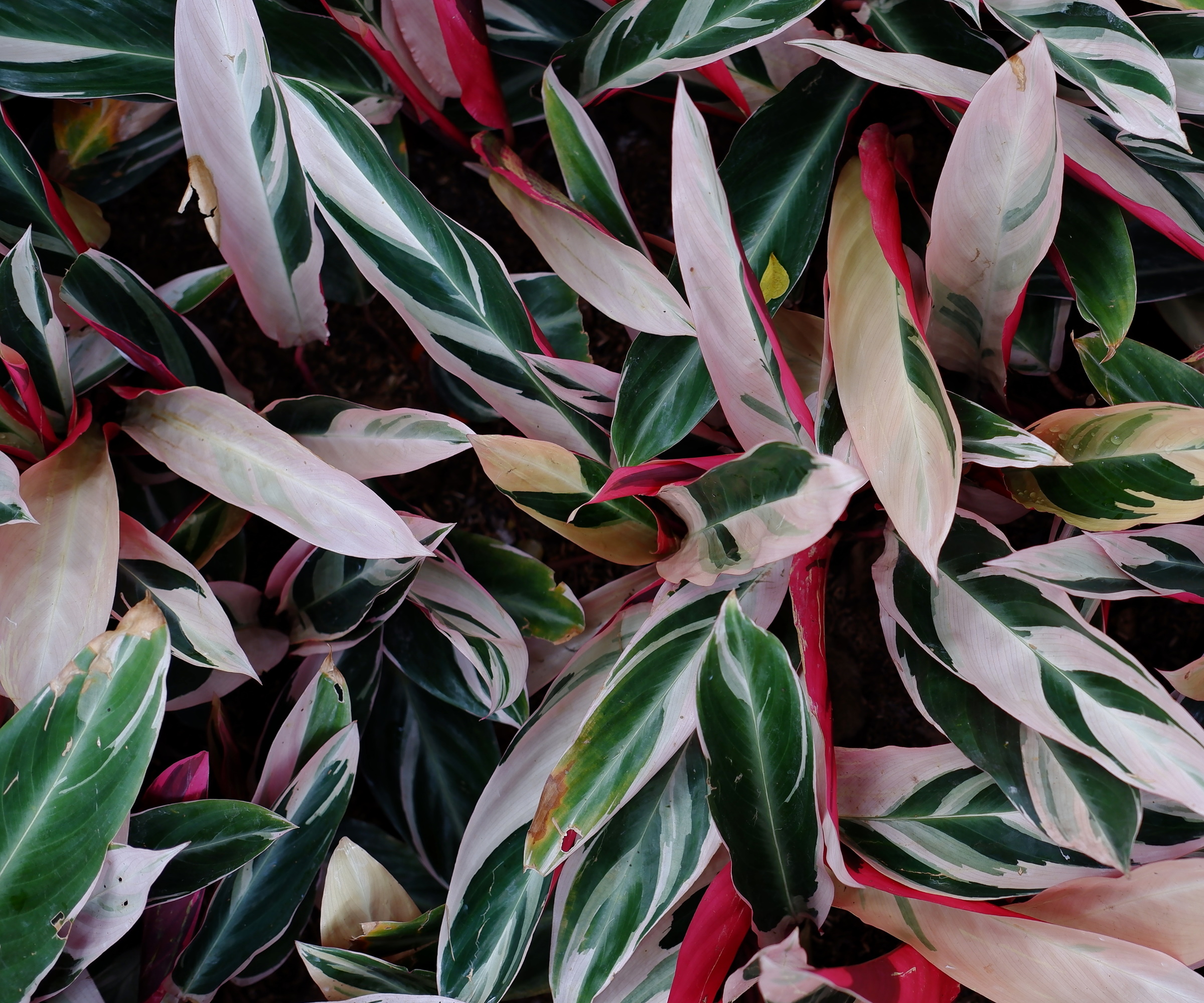
An eye-catching, variegated indoor plant, stromanthe tricolor is a houseplant that needs consistent moisture to stay happy.
Although a different genus, stromanthes are related to calatheas which are notorious for being tricky. Like watering calatheas correctly, you need to ensure your stromanthe has the right moisture level otherwise its dramatic leaves will curl and crisp up.
'Stromanthe tricolor requires consistently moist soil,' says Julie Bawden-Davis, indoor plant expert at Healthy Houseplants. 'Water when the top half inch or so of soil has dried out. Always use distilled, rainwater or reverse osmosis water, not tap water,' she adds.
Sign up to the Homes & Gardens newsletter
Design expertise in your inbox – from inspiring decorating ideas and beautiful celebrity homes to practical gardening advice and shopping round-ups.
You can buy these colorful plants online, like this stromanthe triostar from The Sill.

Julie Bawden-Davis is a garden author and University of California Certified Master Gardener, who has written several gardening books, including Indoor Gardening The Organic Way. In addition to running HealthyHouseplants.com, she shares indoor gardening advice on her YouTube channel @HealthyHouseplants.
2. Black-gold philodendron
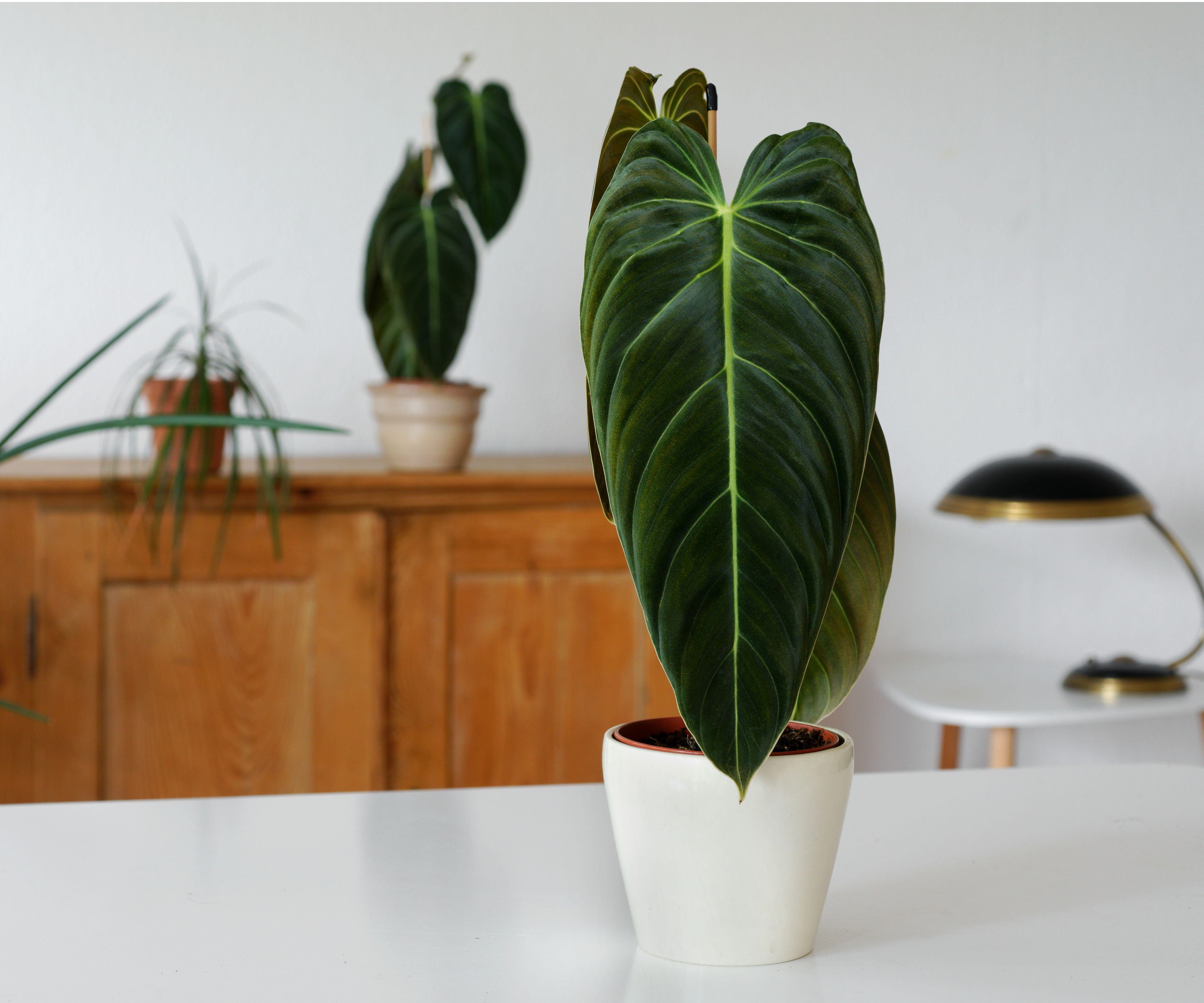
Philodendrons are popular houseplants for their showy foliage that can easily add a statement to interiors. The black-gold philodendron is a houseplant with dark foliage that needs watering regularly to stay looking its best.
Although, take care not to overwater this plant as it can cause your philodendron to turn yellow and suffer from houseplant root rot.
'Water this plant when the top inch of soil has dried out from the top or bottom,' says Julie.
Many suppliers sell these types of philodendrons, like this black-gold philodendron from Walmart.
3. Crystal anthurium
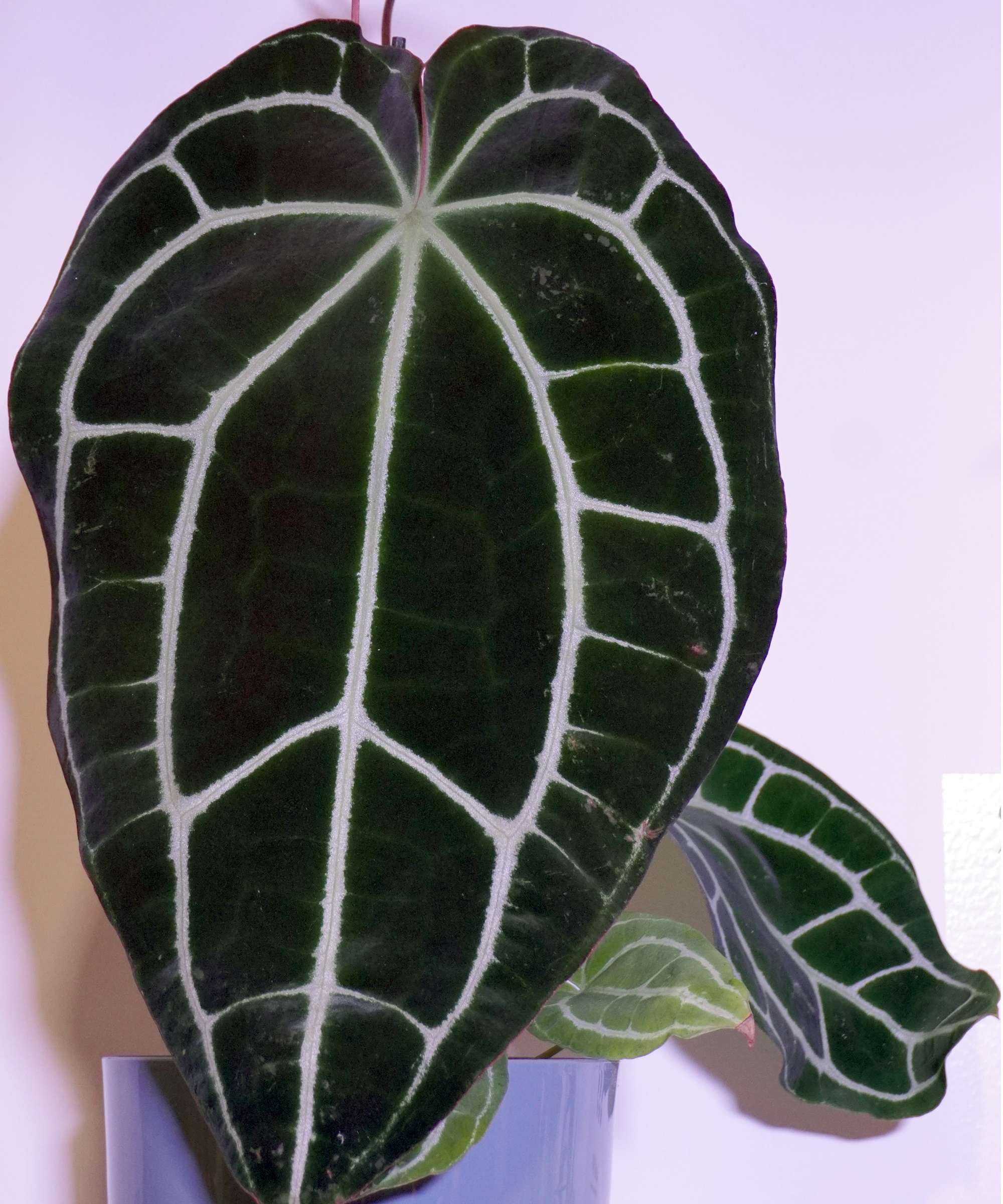
Crystal anthuriums are arguably the showiest anthurium plants, with their large vein-patterned, heart-shaped leaves. If you don't keep their moisture levels up, you might notice the foliage decline in appearance.
'Anthuriums don't do well underwatered. If they go dry, they will go downhill fast,' says Julie.
It's best to water your crystal anthurium when the first top half inch of soil is dry. Watch out not to overwater, as this may also cause problems. Watering from the bottom can be a good method to ensure the plant only takes up as much moisture as it needs.
Find a crystal anthurium online, like this crystal anthurium from Walmart.
4. Variegated swiss cheese plant
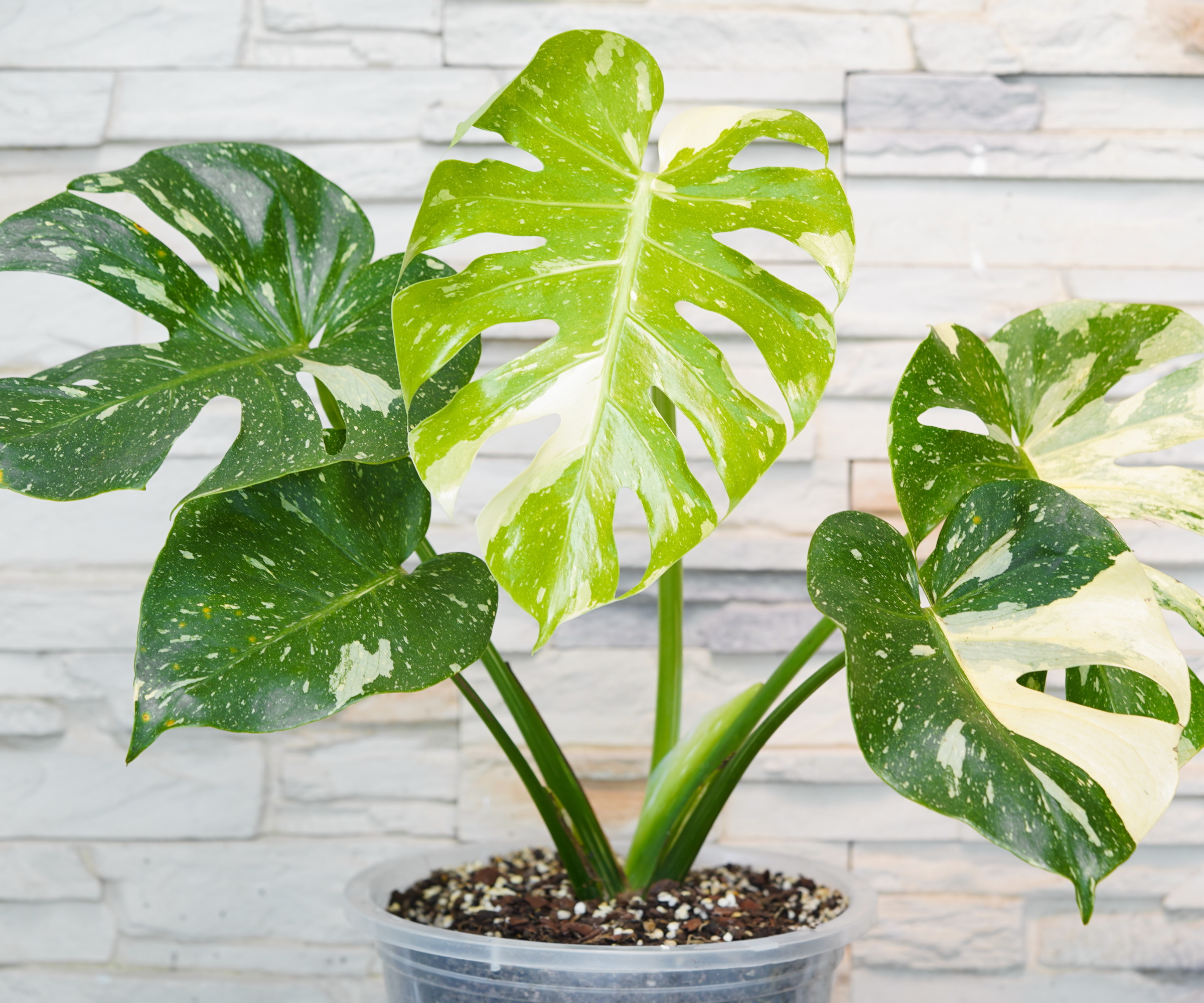
A plant that is currently having a moment in the spotlight is the variegated swiss cheese plant. These monsteras have beautiful green and white-patterned leaves that are hard to ignore, but insufficient watering may turn your monstera leaves yellow.
These jungle plants are tropical indoor plants native to humid climates. They enjoy higher moisture levels and benefit from generous watering and increased humidity, whether you increase humidity for houseplants by misting them or placing them near other plants.
'Monsteras require a great deal of water. You should water from the top when the first half inch of soil has dried out,' says Julie. 'It is also helpful to keep the moss pole moist if the plant is growing on one,' she adds.
You can find variegated monsteras from many houseplant suppliers, like this Monstera 'Thai Constellation' from The Sill.
5. Bird's nest fern
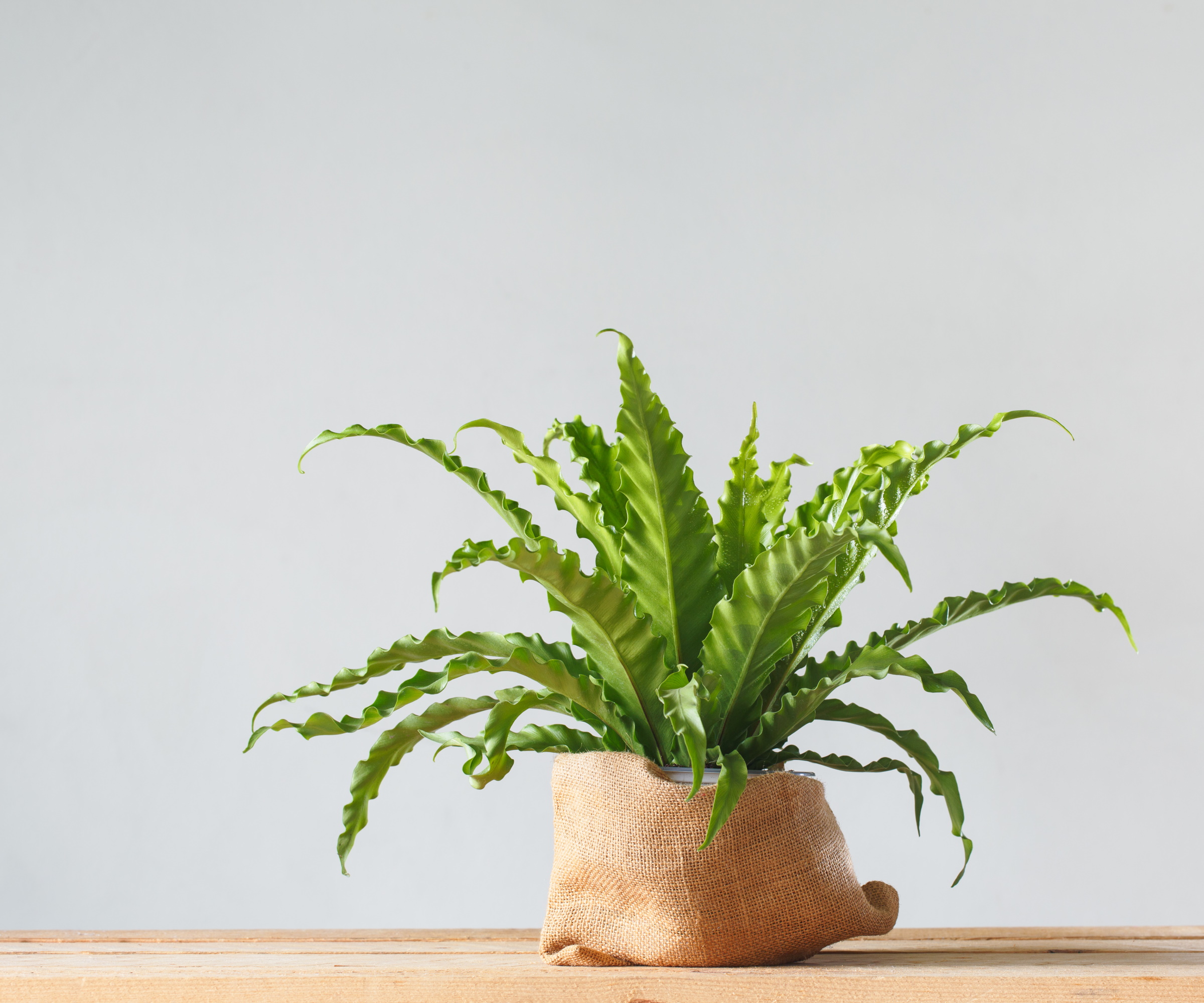
Indoor ferns have long been loved by houseplant enthusiasts because they offer interesting texture. Bird's nest fern is a leafy plant with bright green foliage that need constant moisture to stay vibrant.
'Ferns are notorious for requiring ample water,' says Julie. 'Water from the bottom of the pot, which will keep the soil moist for longer periods of time,' she adds.
Your fern will also appreciate regular misting. Failing to keep moisture up, both in the air and soil, could turn your fern brown.
Find a bird's nest fern online, like this bird's nest fern from The Sill.
6. Alocasia 'Jacklyn'
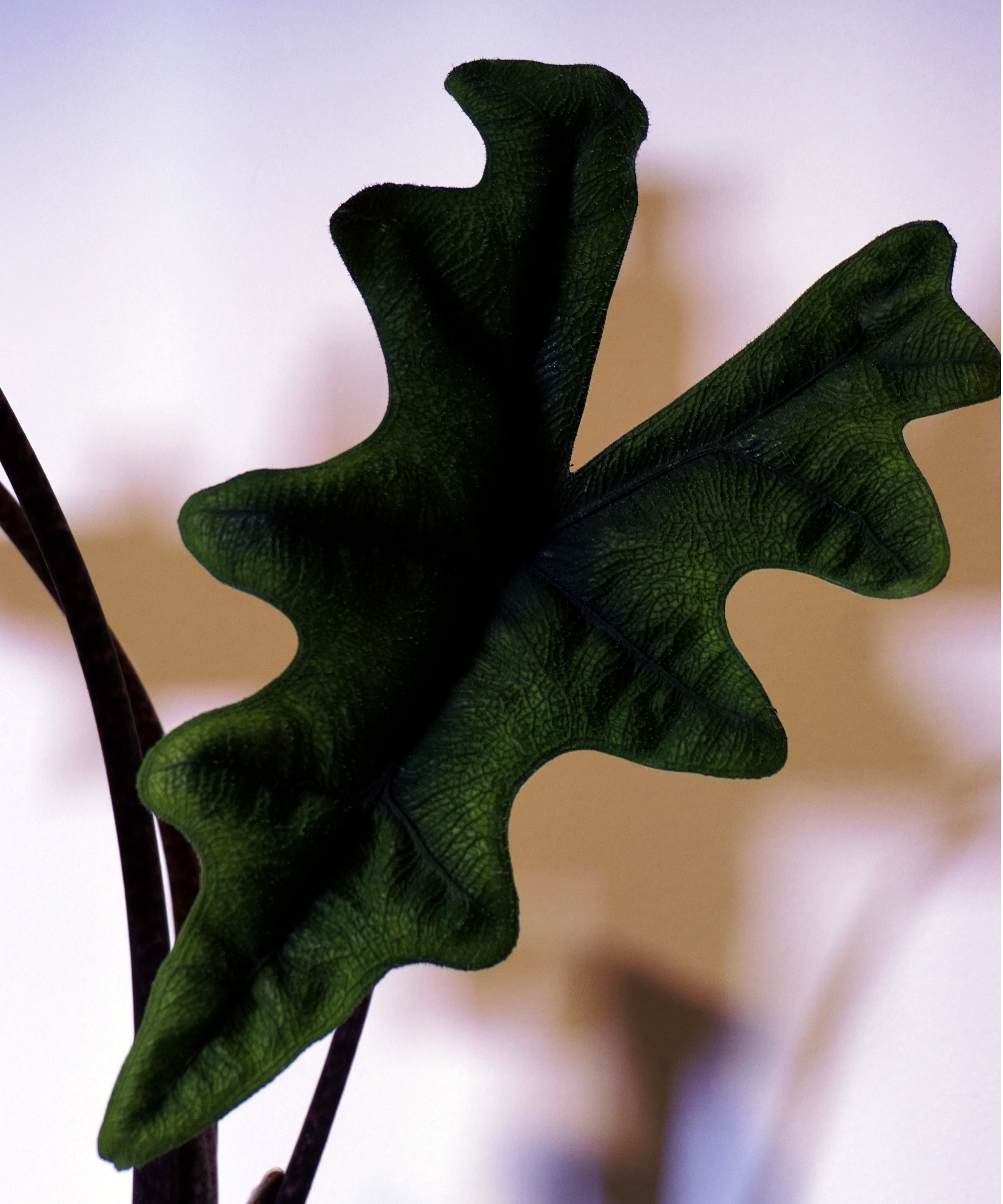
If you want a big houseplant that will bring funky foliage to your interiors, alocasia 'Jacklyn' is one to consider. It's rigid leaves offer a unique take on elephant ear plants and need plenty of humidity and moisture to stay in pristine condition.
You can water this plant regularly during warmer months, checking when the top of the soil is dry, but reduce watering during colder months to avoid root rot and your alocasia drooping.
Give it regular misting, too, to replicate its tropical native environment in Indonesia and watch its unique foliage thrive for longer.
Purchase these funky plants online, like this alocasia 'Jacklyn' from Walmart.
7. Kentia palm
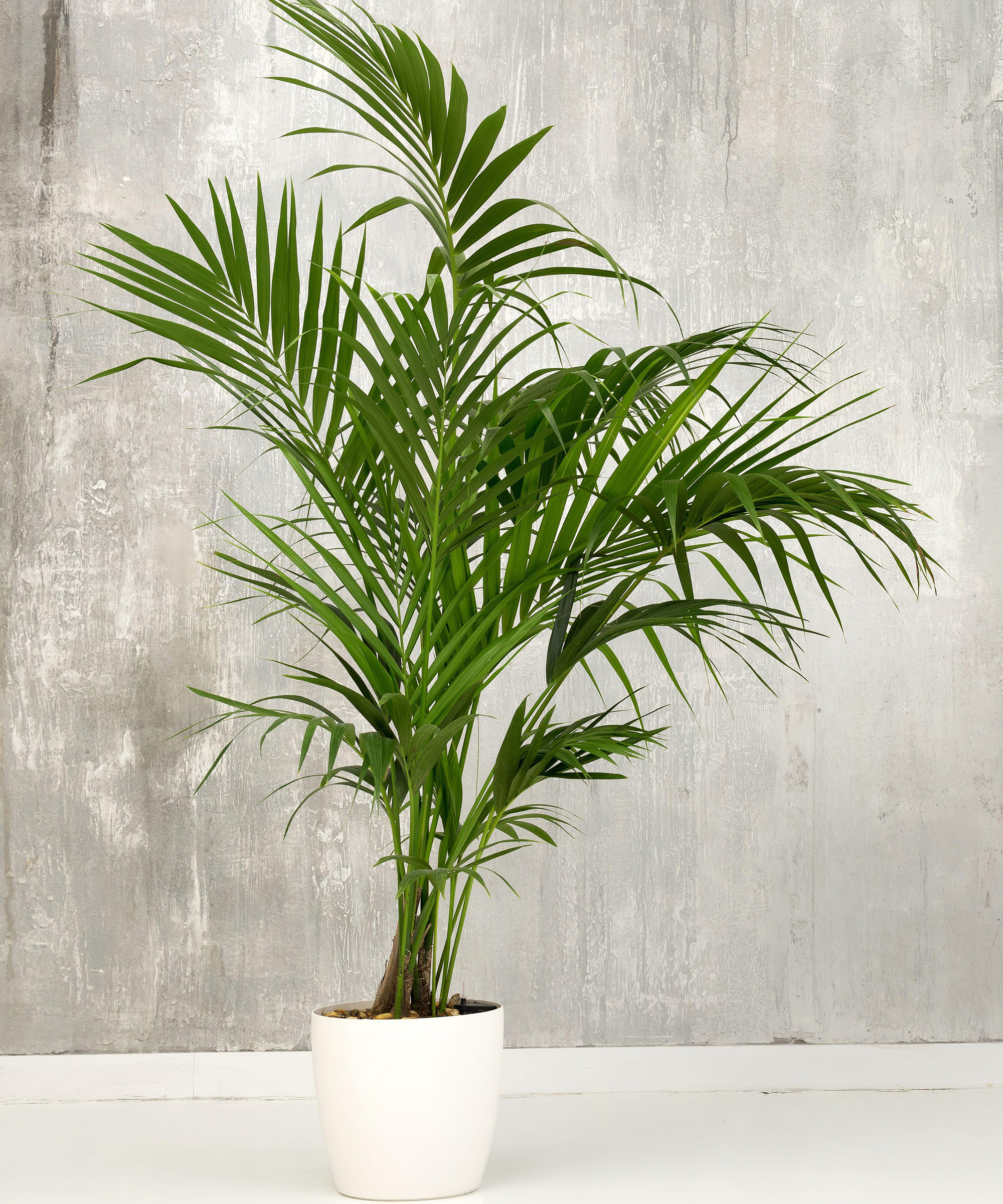
Among the best tall indoor plants is a kentia palm, a popular indoor plant for its plumes of palm leaves. These plants are generally low-maintenance but will start to suffer if they are left to dry out entirely.
You should allow the top two inches of soil to become dry before watering again so that it doesn't sit in soggy soil. Over or underwatering these statement houseplants will cause its green leaves to turn brown on the tips.
As with other tropical indoor plants, it can also be a good idea to keep humidity levels up for your kentia palm to maintain its luscious look.
Kentia palms are widely available to purchase, like this kentia palm from Walmart.
FAQs
How do you know when a houseplant needs watering?
Different houseplants will have different watering requirements, so it isn't possible to water all of your plants on the same schedule. The best thing to do is check with your finger or a moisture meter, like this soil moisture meter from Amazon, to see if the top few inches of soil are dry. If yes, it's likely your plant is ready for a drink. However, you should always research the care requirements of your specific plant as some will tolerate more moisture than others.
These are some of the thirstiest houseplants that will thrive best when moisture levels are kept up. If you own one of these plants or are planning to purchase one, it's important to ensure you don't let them dry out entirely.
If you're looking for something easier to care for, discover our expert list of the best low-maintenance indoor plants.

Tenielle is a Gardens News Writer at Homes & Gardens. She holds a qualification in MA Magazine Journalism and has over six years of journalistic experience. Before coming to Homes & Gardens, Tenielle was in the editorial department at the Royal Horticultural Society and worked on The Garden magazine. As our in-house houseplant expert, Tenielle writes on a range of solutions to houseplant problems, as well as other 'how to' guides, inspiring garden projects, and the latest gardening news. When she isn't writing, Tenielle can be found propagating her ever-growing collection of indoor plants, helping others overcome common houseplant pests and diseases, volunteering at a local gardening club, and attending gardening workshops, like a composting masterclass.
-
 Charli XCX's dining room is a 'treasure-trove' of one-of-a-kind pieces – it's the most unique hosting space I've ever seen (and surprisingly replicable)
Charli XCX's dining room is a 'treasure-trove' of one-of-a-kind pieces – it's the most unique hosting space I've ever seen (and surprisingly replicable)The singer's Tudor-style dining room features eclectic furnishings, a mix of patterns and bright colors that all work together beautifully
By Hannah Ziegler Published
-
 The 5 worst things you can do to your fridge – these will drive up energy costs and result in pricey and regrettable repairs
The 5 worst things you can do to your fridge – these will drive up energy costs and result in pricey and regrettable repairsIt's crucial to swerve these blunders, appliance experts warn
By Ottilie Blackhall Published